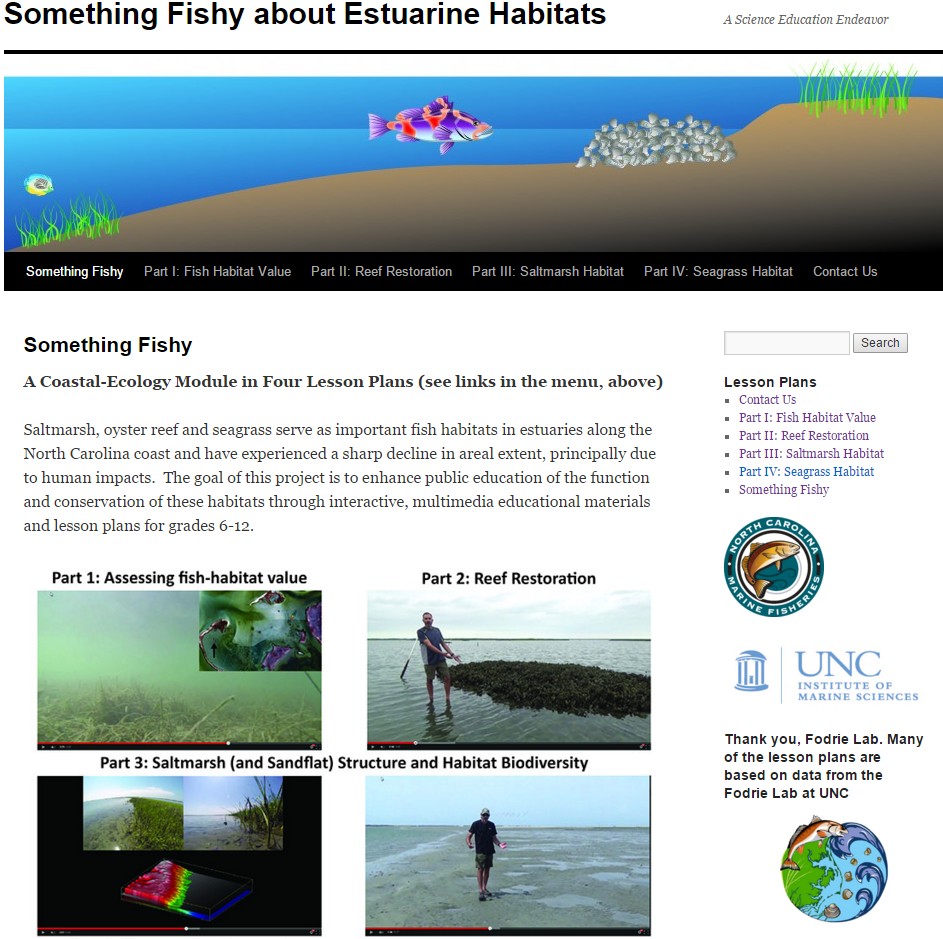Island overwash forms new intertidal substrate (washover fans) for saltmarsh colonization. As a barrier island moves landward in response to sea-level rise, that marsh sediment will eventually be eroded on the shoreface. To develop coastal carbon budgets, it is important to measure rates of marsh accretion and landward movement of the island. We are collaborating with Brent McKee and Carolyn Currin to obtain those data.
After the core is collected, we slice it up in 1 cm bins back at the lab. It is difficult cutting through marsh grass so Ethan brought in an electric meat carver, which worked great. Check out the movie of Dr. McKee using the meat carver (below). $29.99 at Walmart or if you need to purchase it using a grant, UNC negotiated a special price of $200.00 with a government-approved vendor. Watch the video below (or click here if it is not being displayed) of the core being sectioned and notice the variations in biomass down core. Each frame is 1 cm down core starting at the ground surface. The last few frames are below the marsh.
[vimeo]https://vimeo.com/76950361[/vimeo]
[vimeo]https://vimeo.com/76950360[/vimeo]





